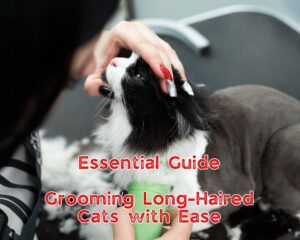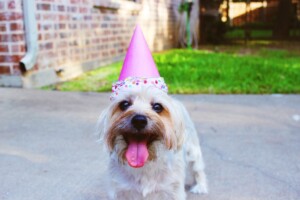A shiny and well-maintained coat is not only a source of pride for pet owners but also an indicator of a healthy and happy pet. Regular grooming plays a crucial role in keeping your furry friend’s coat in optimal condition. In this article, we will share essential tips to help you achieve a shiny and well-maintained pet coat. From brushing techniques to bathing routines and nutritional considerations, let’s dive into the world of pet grooming and unleash the beauty of your beloved companion.
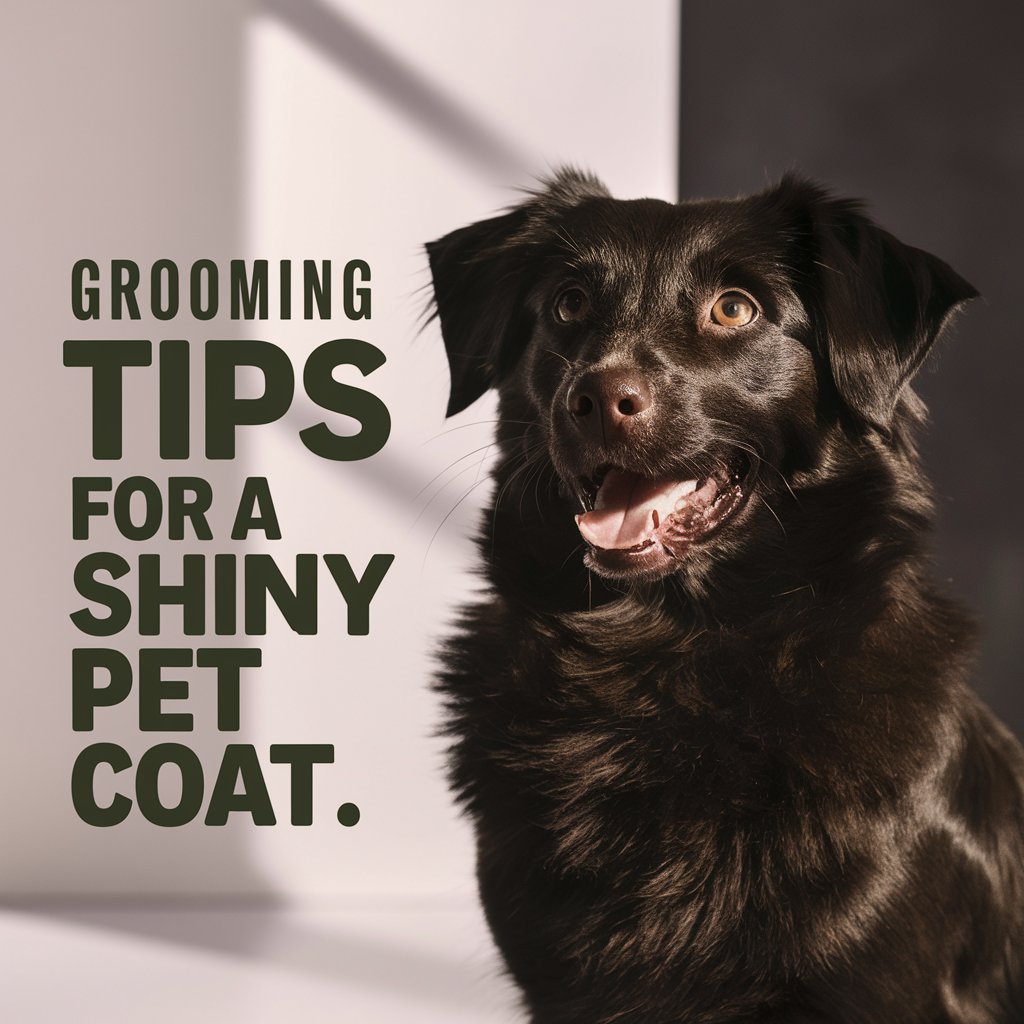
Regular Brushing: The Foundation of a Shiny Coat
Brushing is one of the most important aspects of keeping your pet’s coat healthy. Regular brushing helps remove dirt, loose hair, and dead skin cells, while also distributing the natural oils across the coat for a sleek and shiny appearance. How often you need to brush depends on your pet’s coat type—long-haired breeds may need daily brushing, while short-haired pets can benefit from brushing a few times a week.
For the best results, use high-quality brushes suited to your pet’s coat type. A slicker brush is great for removing mats in longer coats, while a bristle brush works wonders for short-haired pets. Regular brushing also prevents matting, which can lead to skin issues. Plus, it gives you an opportunity to check for any lumps, bumps, or parasites like fleas and ticks.
Bathing Routine: Keep Your Pet Fresh and Clean
While brushing is key to a shiny coat, regular baths are essential for keeping your pet’s skin and coat clean. However, over-bathing can strip your pet’s coat of its natural oils, so it’s important to find a balance. Bathing once every four to six weeks is generally a good rule of thumb unless your pet gets into something messy.
When it’s time for a bath, always use a pet-safe shampoo, as human shampoos can irritate your pet’s skin. Gently massage the shampoo into their coat, making sure to rinse thoroughly to remove all soap residue. After the bath, towel-dry your pet and then use a blow dryer on a low heat setting if needed, or simply allow them to air dry.
For at-home grooming, consider investing in a quiet, high-quality set of clippers like the oneisall Dog Shaver Clippers Low Noise Rechargeable Cordless Electric Hair Clippers Set. These clippers are designed to reduce noise, keeping your pet calm and making the grooming process easier and more enjoyable.

Proper Nutrition: Beauty from the Inside Out
What your pet eats has a direct impact on the health of their coat. A diet rich in high-quality proteins, healthy fats, and essential vitamins is vital for maintaining a shiny and well-maintained coat. Omega-3 and Omega-6 fatty acids, often found in fish oils and flaxseed, play a key role in promoting healthy skin and a vibrant coat.
If your pet’s coat is looking dull or their skin is flaky, it might be worth consulting your veterinarian to see if a dietary adjustment is needed. Sometimes adding a fish oil supplement or switching to a high-quality pet food can make a big difference in coat health.
Hydration: The Unsung Hero of Coat Care
Hydration is often overlooked, but it plays a huge role in keeping your pet’s coat shiny. Make sure your pet has access to fresh, clean water at all times, as dehydration can lead to dry, flaky skin, which in turn affects the appearance of their coat. Pets that are well-hydrated will have a healthier coat that shines from within.
Regular Trims: Prevent Matting and Maintain Health
For long-haired pets, regular trims are essential for preventing matting and keeping their coat looking neat. Mats can form close to the skin, leading to discomfort and skin irritation. A professional groomer can help keep your pet’s coat at a manageable length, or if you prefer to do it yourself, the oneisall Dog Shaver Clippers are an excellent tool for quick and easy trims at home.
Don’t Forget Dental Hygiene
While grooming the coat is important, don’t neglect your pet’s dental health. Good oral hygiene plays a key role in overall health, which includes the appearance of their coat. A healthy pet is more likely to have a vibrant and shiny coat, so it’s important to brush their teeth regularly. Learn more about keeping your pet’s teeth clean in The Importance of Brushing Your Dog’s Teeth.
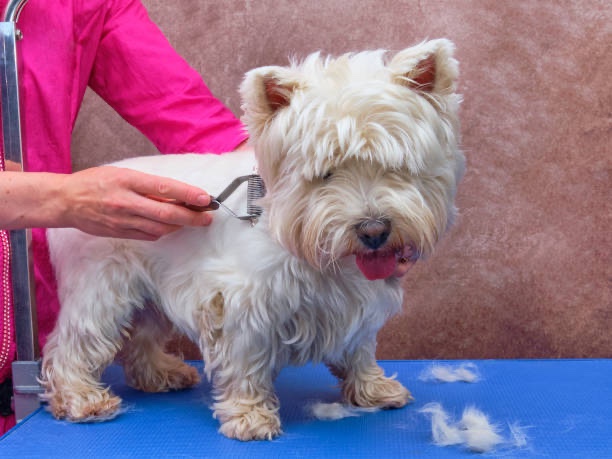
Keep Your Pet Active
Regular physical activity is another way to promote a healthy coat. Exercise helps improve circulation, which in turn promotes healthy skin and coat. Whether it’s a daily walk, playtime, or some fun indoor activities, keeping your pet active will improve both their mood and their appearance. If you’re looking for ways to keep your pet entertained indoors, check out Indoor Adventures: Engaging Activities to Keep Your Pets Entertained and Active.
Regular Checkups: Ensuring Long-Term Coat Health
While grooming at home plays a significant role in maintaining a shiny and healthy coat, regular veterinary checkups are equally important. Your vet can detect underlying health issues that may affect your pet’s skin and coat, such as allergies, infections, or nutritional deficiencies. Catching these problems early can prevent long-term damage and keep your pet’s coat in top condition.
During checkups, your vet can also advise on specific products or treatments that might help if your pet is prone to skin irritations or has a dull coat. Sometimes a change in diet, supplements, or even medicated shampoos may be necessary to address coat health issues. Consistent vet visits ensure that you’re covering all the bases when it comes to your pet’s overall well-being.
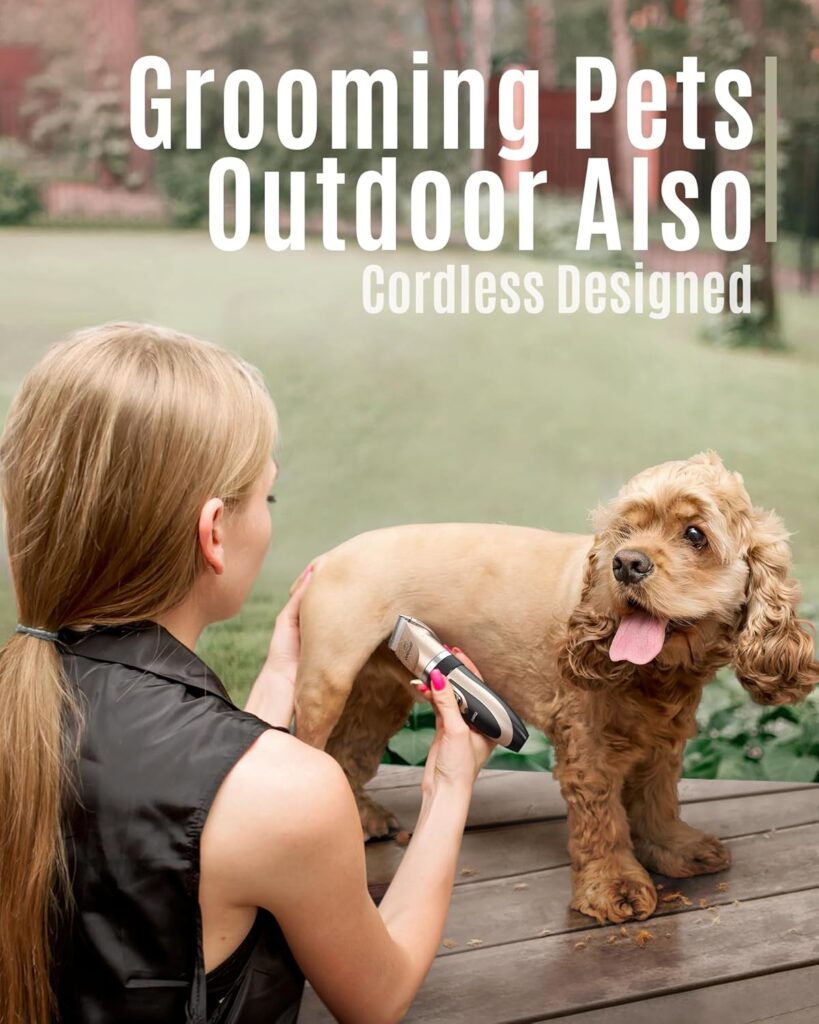
Massage for Coat and Skin Health
Massaging your pet regularly is not just a relaxing treat for them—it also stimulates blood circulation, which promotes healthy skin and a shiny coat. Gentle, circular motions across their body help distribute natural oils and release any tension in their muscles. This can also reduce shedding and promote hair growth. Massage sessions are a great bonding experience with your pet, while also offering you a chance to check for any lumps, bumps, or skin irritations that may need attention.
Choosing the Right Grooming Tools
The quality of the grooming tools you use can have a significant impact on your pet’s coat. For instance, a slicker brush is great for long-haired pets, while a rubber curry brush can work wonders on short-haired breeds. If your pet is prone to tangles, use a detangling comb or a wide-tooth comb to prevent hair breakage. Consider investing in professional-grade grooming tools, such as the oneisall Dog Shaver Clippers, to handle trims and touch-ups at home without causing discomfort to your pet. Using the right tools ensures your pet’s grooming routine is efficient and enjoyable.
Post-Grooming Treats and Positive Reinforcement
A successful grooming session should always end with some positive reinforcement. Offering your pet a treat or verbal praise after brushing, bathing, or nail trimming can make them more comfortable with the grooming process over time. This is especially important for pets that may initially be nervous or resistant. By associating grooming with rewards, your pet will start to view it as a positive experience, making future grooming sessions easier and less stressful for both of you.
Keeping Older Pets Comfortable During Grooming
As pets age, their grooming needs change. Older pets may experience joint stiffness or arthritis, which makes them more sensitive during grooming. For senior pets, it’s important to take extra care to be gentle, avoid harsh pulling, and support their joints during brushing or bathing. Consider shorter, more frequent grooming sessions to avoid putting too much strain on them at once. Additionally, soft grooming tools or rubber brushes can be less harsh on sensitive, aging skin, ensuring your senior pet stays comfortable and well-groomed.
Grooming for Specific Breeds
Different breeds have unique grooming needs based on their coat types. For example, double-coated breeds, such as Golden Retrievers, require special attention to their undercoat to prevent matting, while curly-haired dogs, like Poodles, need frequent trims to avoid tangles. Meanwhile, short-haired breeds benefit from regular brushing to remove dead skin cells and stimulate their skin’s natural oil production. Understanding your pet’s specific grooming requirements is essential for keeping their coat in top condition. Breeds with high grooming demands may also benefit from professional grooming services to ensure their coat stays healthy and well-maintained year-round.
As an Amazon Associate we earn from qualifying purchases through some links in our articles.

